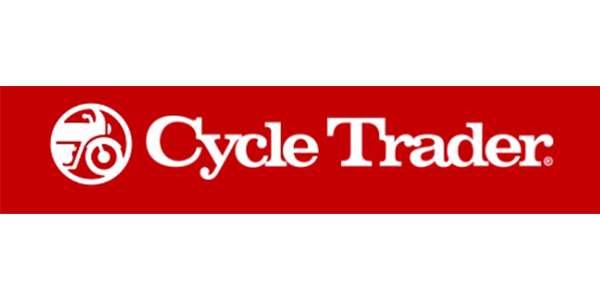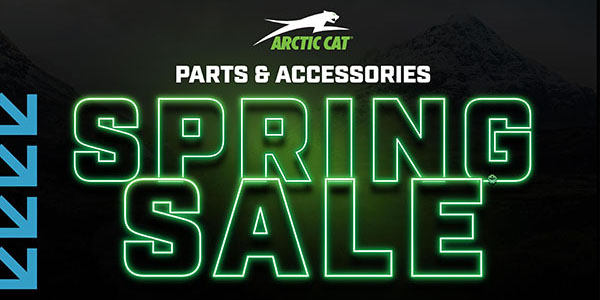I was out riding one day a few years ago outside of Nashville, and I ran into a guy who was bragging about the $500 he’d saved buying his Goldwing at a dealership in Kansas City instead of through his local dealership. As the story about his flight to Kansas City and subsequent ride back home unfolded, I began to realize that he’d more than used up any “savings” just by making the trek to get the bike, so I pointed that out to him.
His answer really spun me. He said, with a perfectly straight face, “The difference is that I saved money on the bike and spent money on a ride. The bike was an expense, but the trip was an investment.”
I remember wondering, do all customers think like that? Do they justify things that way? I certainly didn’t. But somehow it made sense, and the thought stuck with me. Eventually, I had one of those defining moments — one that completely changed my approach to selling.
The difference between a monetary expense and a financial investment is that an investment is all about yielding a return — that’s how you assess an investment. An investment involves tendering some form of capital in exchange for something worth more to you than the amount you’re investing. Last month, I referred to sales training as an investment, but does buying a motorcycle work the same?
Here’s what I finally realized: motorcycling is an investment, while a motorcycle is an expense related to the investment in motorcycling. People invest specific types of “capital” into riding with the expected return of some form of enjoyment. They invest their energy, their loyalty, their passion or their time into the sport hoping to derive some “return” on that investment. The great news for us is that we know that their return will be worth it. The only expense involved is the price of the bike — even riding gear and accessories are mostly about the benefit they’ll get from investing in them.
With this in mind, I made some tweaks to our sales process. Most of the changes were made in our pre-paid maintenance program. I know that with the many maintenance programs I’ve helped dealers design, the ones that customers buy most consistently are the ones that add the most value (pronounced: return on investment) to the customer’s ownership experience. If the program increases convenience, the quality of care for the motorcycle, ease of use, etc., the product nearly sells itself. More good news: because customer redemption is typically around 50 percent, a real discount can be designed into the program, truly reducing the amount the customer will ultimately pay to own the motorcycle. That becomes a tangible, easily measurable benefit (pronounced: return).
Here’s one way we changed our sales approach. We further separated the bike buying and/or negotiating process from the F&I process, thereby getting better numbers in F&I.
Anything that would provide a return to the customer was part of the F&I process, while the expense (the price of the bike itself) was addressed prior to the F&I process. We’ve also seen the creative side of negotiation get more deals closed by allowing us the opportunity for questions such as, “If I can save you $500 on owning the motorcycle, would you be willing to forego a $500 discount and buy it at our price?” Never forget that the ultimate competitive advantage is always value.
The unexpected benefit was that we also found ourselves involved in protracted negotiations far less often, as we made increased value a genuine part of our competitive advantage. Our team knew that we were providing better value and were really excited about letting customers know.
We accomplished this shift as we developed word tracks to help our sales people keep the sales encounter on track. Sales people could honestly say to a customer something like, “let’s pick out a bike first, and we’ll show you how much better it is for you to buy it here.” One dealer incorporated this language into his advertising: “You might be able to buy it cheaper somewhere else, but you can’t own it for less anywhere! Let us show you how.”
Hopefully, you’ll at least consider a different approach. Though we made this adjustment to our process years ago, I’m willing to bet that your customers are far more sensitive to how they spend money in the current economic climate. I’m also betting that you can come up with some creative new ways to incorporate these methods into your process and deliver more value. I dare ya!
I’d love to hear what you’re doing to make your sales process better. Remember, phone calls are free.
Otis Hackett is the founder of Otis Hackett Group. OHG provides general management services for powersports dealers across the U.S. The OHG team brings real-world experience, having all been motorcycle dealership employees working on the front lines of the industry every day. Click on www.otishackett.com or email [email protected]. Join us on Facebook or follow us on Twitter!













